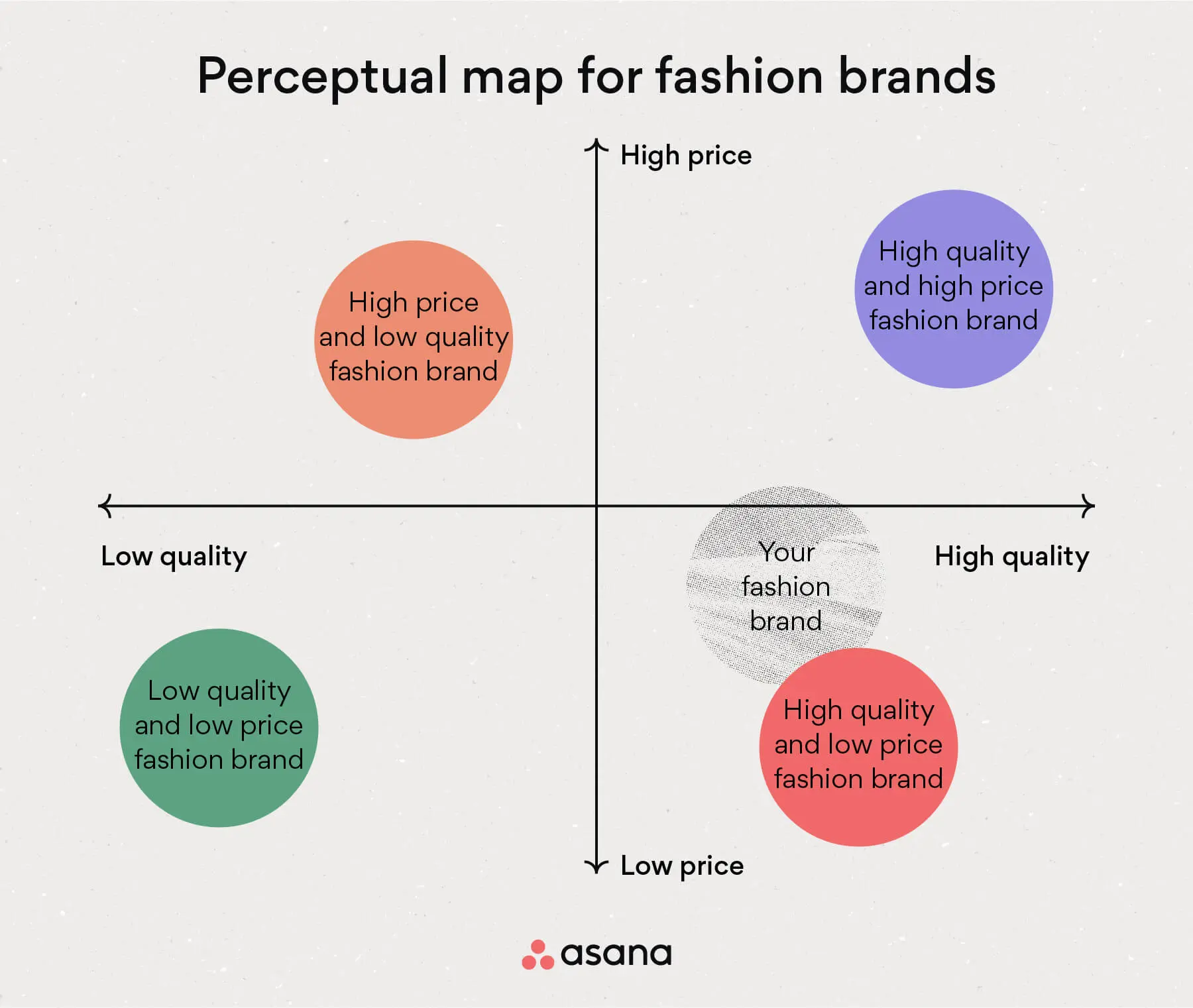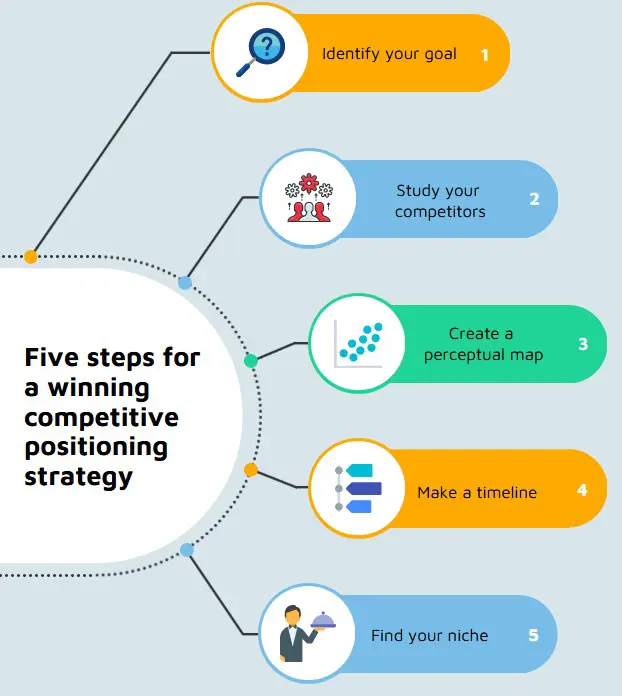How to perfect your competitive positioning strategy
Competitive positioning gives your branding purpose and can guide your entire business model, not just your marketing strategy. Let’s see how.

Sixty-two percent of customers report that their experiences with one company influence their expectations of others. This statistic highlights the importance of competitive positioning.
What are some of the advantages of competitive positioning? What’s the ideal strategy for achieving it? We’ll answer these questions but first, let’s define competitive positioning.
Key takeaways:
- Competitive positioning is the ability to make your company stand out from its competitors.
- The most significant benefit of competitive positioning is that it gives your branding purpose and can guide your entire business model, not just your marketing strategy.
- Competitive intelligence can help you determine areas of your business to improve and design distinctive marketing campaigns that reach the hearts of your potential customers.
- A perceptual map is a graph that shows you not only where your brand’s current status among consumers but also how it can improve. You can make multiple perceptual maps and use them for mapping the customer journey and identifying gaps in the market.
- You improve your competitive positioning by finding niche customers and running marketing campaigns that describe how your product is superior to others.
What is competitive positioning?
Competitive positioning is the ability to make your company stand out from its competitors.
The company’s competitive position depends on how the value of products and services you provide compares to the value of comparable products and services in the market. A business studies current trends, audience needs and pain points to create a competitive position.
There are numerous ways a company can differentiate itself from the competition. Here are four:
- Operational excellence - You promote the ability to provide a large volume of goods at a low price while upholding an excellent level of quality.
- Product leadership - Here, you market what makes your product unique. Does it address a specific pain point from buyers? Is there a new feature that other brands in the market don’t have?
- Customer relationships - Your company connects with customers through social media and responds to their feedback, creating a loyal customer base.
- Niche positioning - The company targets a particular market section, allowing it to promote itself as the leading brand in that sector.
The benefits of competitive positioning
The most significant benefit of competitive positioning is that it gives your branding purpose and can guide your entire business model, not just your marketing strategy.
For example, if your position is that you’re environmentally conscience, you would make your products from recycled materials, perhaps have EV charging stations at your facility or create programs in the community that support the environment.
Other advantages to competition positioning include:
- It helps build and maintain brand loyalty.
- You may gain more customers quickly.
- You can attract brand partnerships, employee talent and potential investors.
All of the above means increased revenue for your business.
Five steps for a winning competitive positioning strategy
Since you’ll assign a significant amount of resources to achieve your competitive position, these steps will ensure you’re efforts are successful.
1. Identify your goal
List out your short-term and long-term objectives. For example, do you wish to launch a new product? Promote an innovative service? Do you want customers to identify your brand as one that makes goods with better, sustainable materials? Or one that provides more personalized experiences?
Understanding the goals will help the marketing team develop the competitive positioning strategy.
Optimizely is a 8x Leader in CMPs!
2. Study your competitors
Aside from expertly knowing your company and offerings, identify your competitors and learn what customers think about their products. Are there particular ones that are popular among shoppers? Why? Do their customers provide feedback as to things that are still lacking?
Competitive intelligence can help you determine areas of your business to improve. As a result, you’ll always remain up-to-date and innovative. Your marketing campaigns will be distinctive and reach the hearts of your potential customers.
3. Create a perceptual map
Now that you’ve identified the competition create a perceptual map (also known as a positioning map) to see where you and they stand in customers’ eyes. A perceptual map is a graph that shows you not only where your brand’s current status among consumers but also how it can improve. You can make multiple perceptual maps and use them for mapping the customer journey and identifying gaps in the market.
A standard perceptual positioning map is a two-axis scatter chart where each axis represents an attribute. Place your brand’s status relative to the two attributes. Then, plot your competitors’ position in the chart. Stepping back, you can see how people perceive each brand, individually and in comparison to each other.
What are some attributes you can gauge in a perceptual map? Here are a few examples:
- For all products: Price and Quality
- Food products: Taste and Nutritional value
- Restaurants: Menu selection and Ambience
- Automobiles: Price and Style
The following illustration is a perceptual map for fashion brands.

4. Make a timeline
Creating a timeline as part of your competitive positioning strategy can help:
- You stay on schedule and easily track project progress
- Keep team members motivated and focused
- Improve communication so everyone understands who is responsible for which aspects of the project
- You set clear priorities so that team members handle the most critical tasks first
5. Find your niche
A niche can help you promote unique goods to potential buyers who want something other companies lack. You improve your competitive positioning by finding these niche customers and running marketing campaigns that describe how your product is superior to others.

